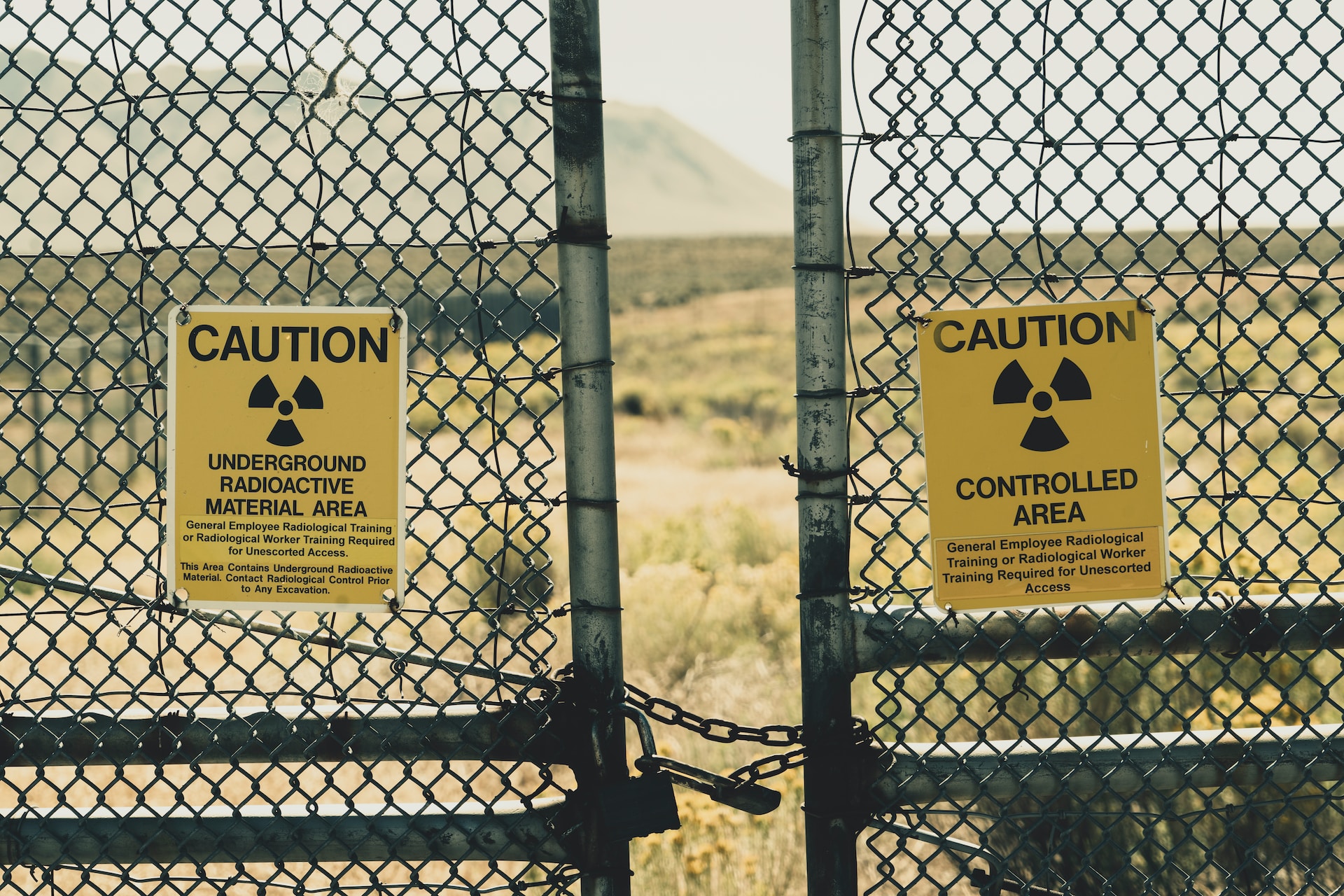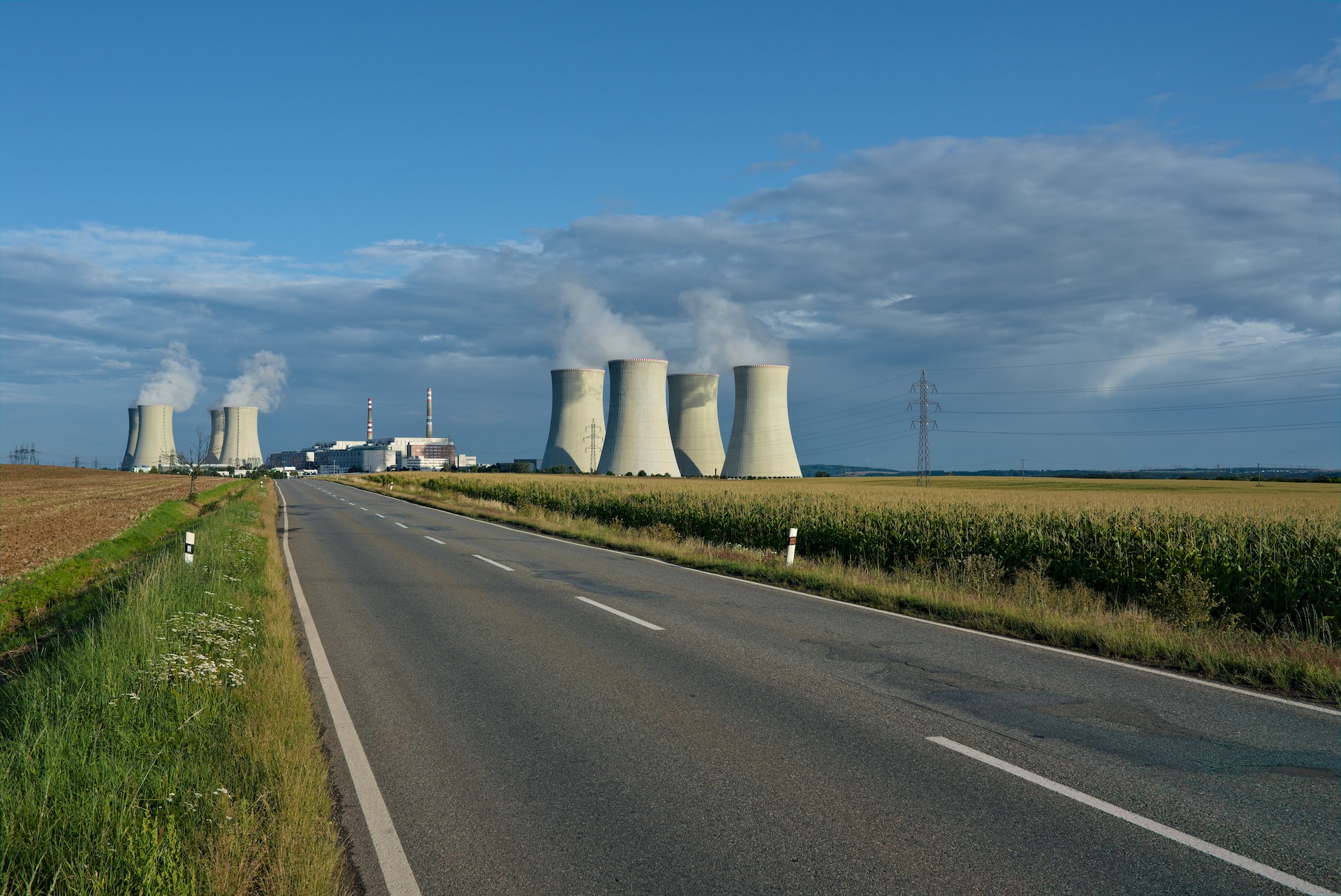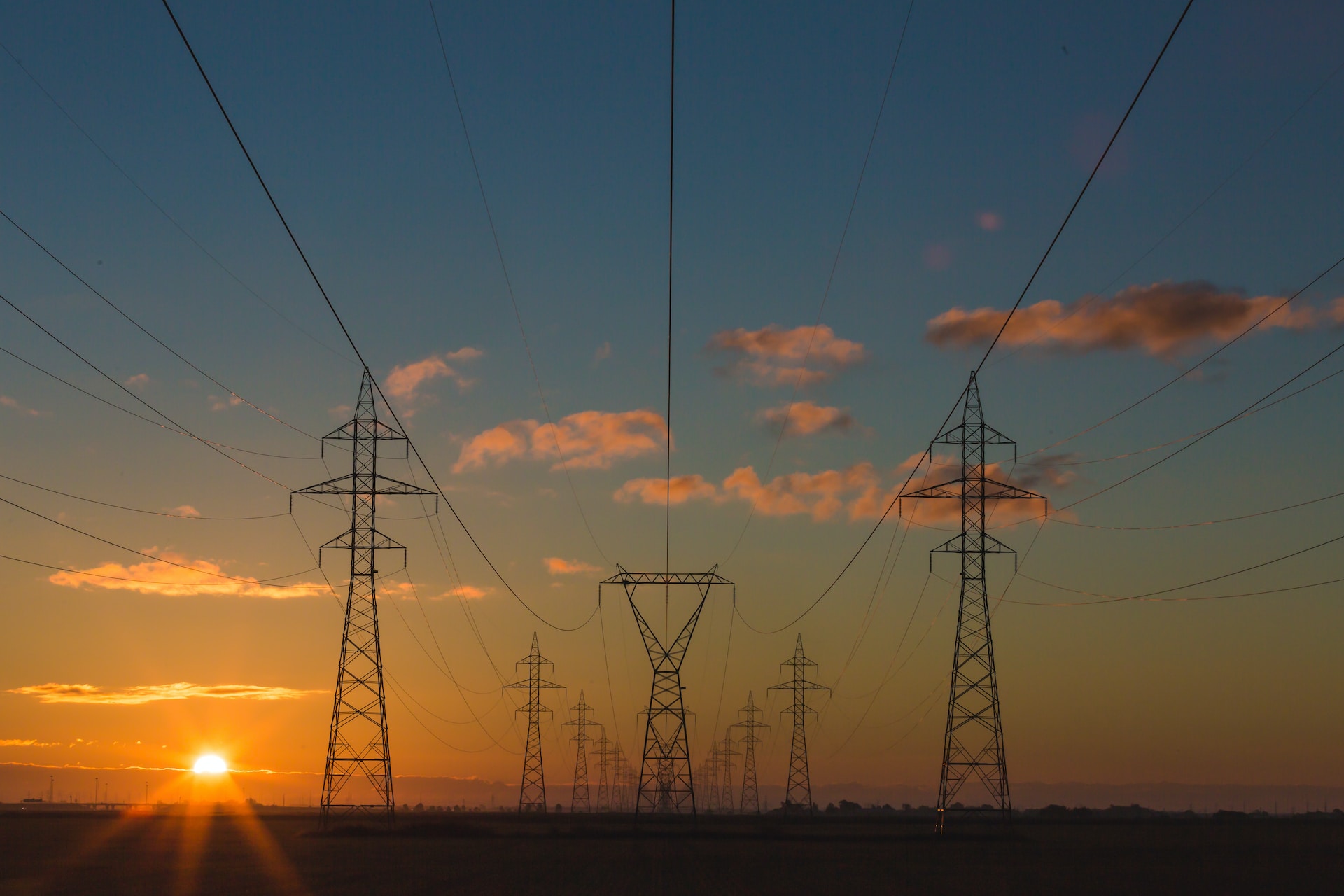
How Many Nuclear Power Plants Are in the U.S.? Exploring the Country’s Nuclear Landscape
We are reader-supported. When you buy through links on our site, we may earn affiliate commission.
The United States has helped pioneer nuclear power generation, with a complex landscape of nuclear facilities spanning the country. Here’s everything you should know about the country’s nuclear power, including how many nuclear power plants are in the U.S.
A Detailed Count: How Many Nuclear Power Plants are in the U.S.?
As of August 2023, 93 commercial nuclear reactors were licensed to operate in 54 nuclear power stations in the U.S. These plants span across 28 states, with a varying number of reactors at each location. This number underscores the vital role nuclear energy plays in powering the nation. It also highlights the diversity in the size and design of these plants.
The Evolution of Nuclear Power in the US
The U.S. has a long history with nuclear energy. The first commercial nuclear power plant, Shippingport Atomic Power Stations, began operation in 1958. The rapid expansion of nuclear facilities through the mid-20th century saw the U.S. become a global leader in nuclear technology.
The development reactor designs and the growing number of power plants signify the nation’s historical commitment to nuclear energy. Over the years, nuclear power has provided much of the nation’s electricity, boosting energy security and reducing greenhouse gas emissions.
Since 1990, nuclear power plants have been responsible for generating 20% of the country’s total electricity. The U.S. is currently the world’s top producer of nuclear energy — ahead of France, China, Japan and Russia.

The Role of Nuclear Energy in the US Energy Mix
We cannot overstate nuclear power’s contribution to the U.S. energy mix. It has provided a consistent and stable source of electricity, contributing significantly to energy security and reducing carbon emissions. Reliable nuclear energy is vital in meeting the nation’s electricity demand, especially during extreme weather and energy supply disruptions. Nuclear power plants often operate at or near full capacity, ensuring a continuous electricity supply.
Safety and Regulation
Safety is paramount in the operation of nuclear power plants in the U.S. The Nuclear Regulatory Commission (NRC) is the federal agency tasked with overseeing and regulating nuclear facilities. Stringent safety standards, comprehensive inspections and continuous monitoring ensure that nuclear power remains one of the safest energy sources. Regular drills and emergency preparedness exercises ensure plant operators and local authorities are well-prepared to handle any potential incidents.
Future Prospects of Nuclear Power
The future of nuclear power in the U.S. is both promising and challenging. While many of the country’s existing nuclear reactors are aging and require substantial investments for maintenance, there’s a growing interest in next-generation nuclear technologies, including small modular reactors (SMRs) and advanced fuel cycles. SMRs promise cost-effectiveness, scalability and enhanced safety features, allowing a new era of nuclear energy development.
Additionally, the increasing focus on reducing greenhouse gas emissions and combating climate change is bolstering the prospects of nuclear power as a low-carbon energy source. However, we need to address the challenges to fully unlock the potential of nuclear energy in the clean energy transition. The industry’s ability to innovate and adapt, along with continued government support and public acceptance, will play a crucial role in shaping the future of nuclear power in the U.S.

Challenges and Concerns
Numerous challenges and concerns regarding nuclear power — radioactive waste disposal, high construction costs and public perception — have influenced the development of new power plants. Innovations in nuclear technology, such as small modular reactors are being explored as potential solutions to some of these challenges:
- Aging infrastructure: Existing nuclear reactors in the U.S. are reaching the end of their operational life spans, requiring substantial investments for maintenance, upgrades and license renewals.
- High construction costs: Constructing new nuclear power plants is expensive and time-consuming, making it economically challenging to develop new facilities.
- Radioactive waste disposal: The long-term management and disposal of nuclear waste remain a significant challenge, with ongoing debates about the best disposal methods and locations.
- Public perception: Public perception of nuclear power can be negative due to concerns about safety, radioactive waste and potential accidents.
- Regulatory hurdles: The stringent regulatory process for licensing and operating nuclear power plants can be lengthy and complex, adding to the time and cost required for new projects.
- Competition from renewable energy: The growing popularity of renewable energy sources, like wind and solar, poses competition to nuclear power as cleaner and often more cost-effective alternatives.
- Safety and accidents: The risk of accidents, such as core meltdowns or radioactive leaks, remains a major concern, even though stringent safety measures are in place. Only three notable accidents have occurred in the 60 years of nuclear power generation.
- Nuclear proliferation: The spread of nuclear technology can lead to concerns about nuclear weapons proliferation, as some technologies used in power generation can also work for military purposes.
- Vulnerability to natural disasters: Power plants must be resilient to natural disasters like earthquakes, floods and hurricanes, which can pose operational and safety challenges.
- Economic viability: The economics of nuclear power can be uncertain, with concerns about the long-term costs of operating, maintaining and decommissioning plants.
- Local and community opposition: Communities near nuclear power plants often have concerns about the safety and environmental impact of these facilities, leading to local opposition and regulatory hurdles.
Environmental Impact
Nuclear power stands as an environmentally friendly energy source. It generates electricity with minimal greenhouse emissions, being a pivotal ally in the nation’s efforts to combat climate change. The industry is committed to addressing concerns related to radioactive waste disposal, further reducing its environmental footprint. Ongoing research into advanced fuel cycles, such as recycling and reprocessing, aims to enhance the sustainability of nuclear power.

Global Significance
The question of how many nuclear power plants are in the US reflects a global pattern. Countries worldwide rely on nuclear energy to meet their electricity needs and reduce carbon emissions. International collaboration on nuclear safety and development remains a priority to ensure the responsible use of nuclear technology. The U.S. is actively involved in various international agreements and organizations dedicated to nuclear non-proliferation and peaceful nuclear cooperation.
Nuclear Power for a Cleaner Future
The United States houses a substantial number of nuclear power plants, providing more nuclear energy than any other country. These facilities have been crucial in meeting the growing nation’s energy needs and reducing greenhouse gas emissions. While challenges exist, nuclear power continues to be a linchpin of the U.S. energy landscape, offering a reliable, low-carbon energy source that continues to evolve. It’s likely to play a key role in the clean energy transition and the reduction of carbon emissions in the years to come.
Share on
Like what you read? Join other Environment.co readers!
Get the latest updates on our planet by subscribing to the Environment.co newsletter!
About the author
Jane Marsh
Starting from an early age, Jane Marsh loved all animals and became a budding environmentalist. Now, Jane works as the Editor-in-Chief of Environment.co where she covers topics related to climate policy, renewable energy, the food industry, and more.





